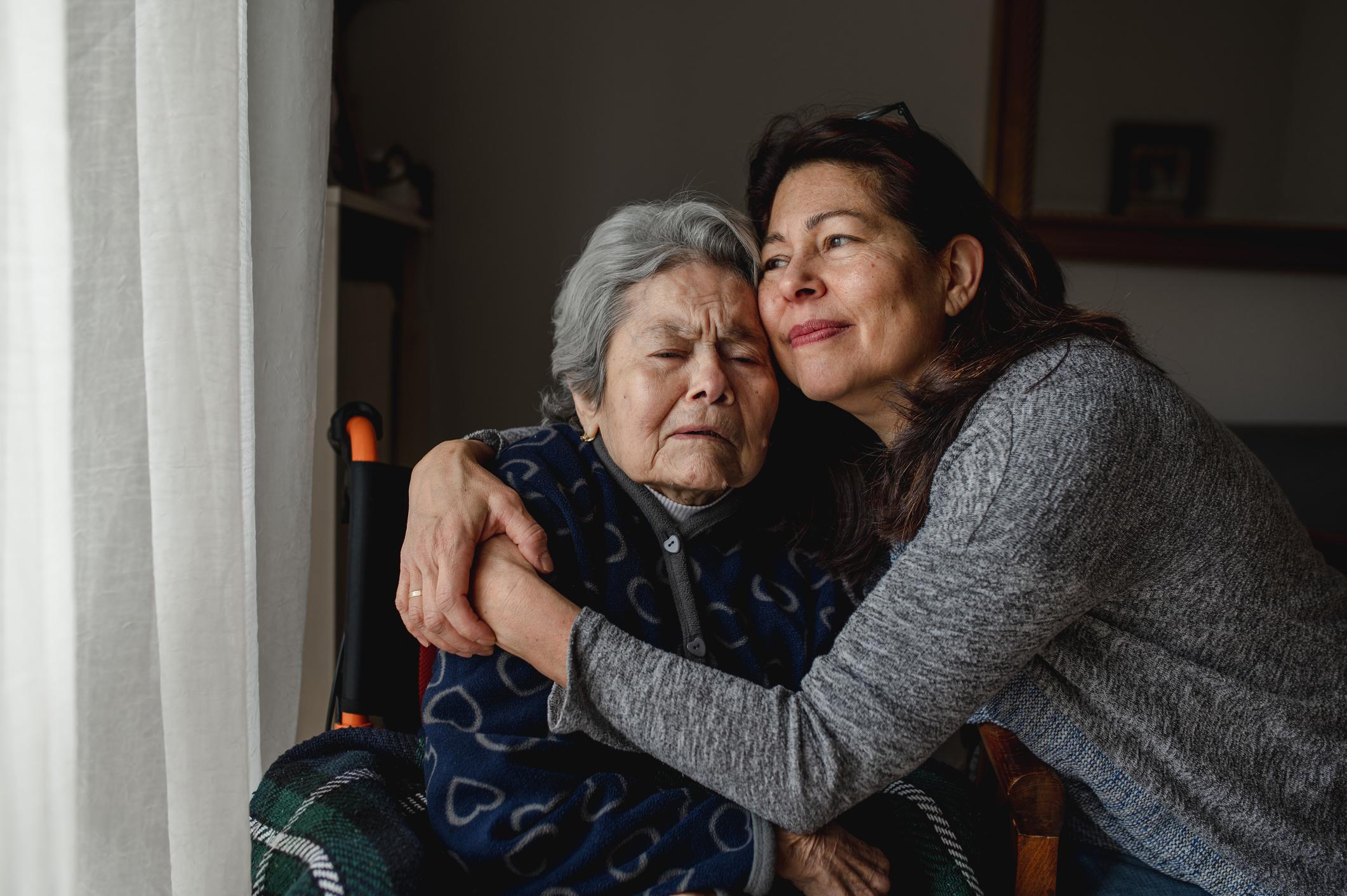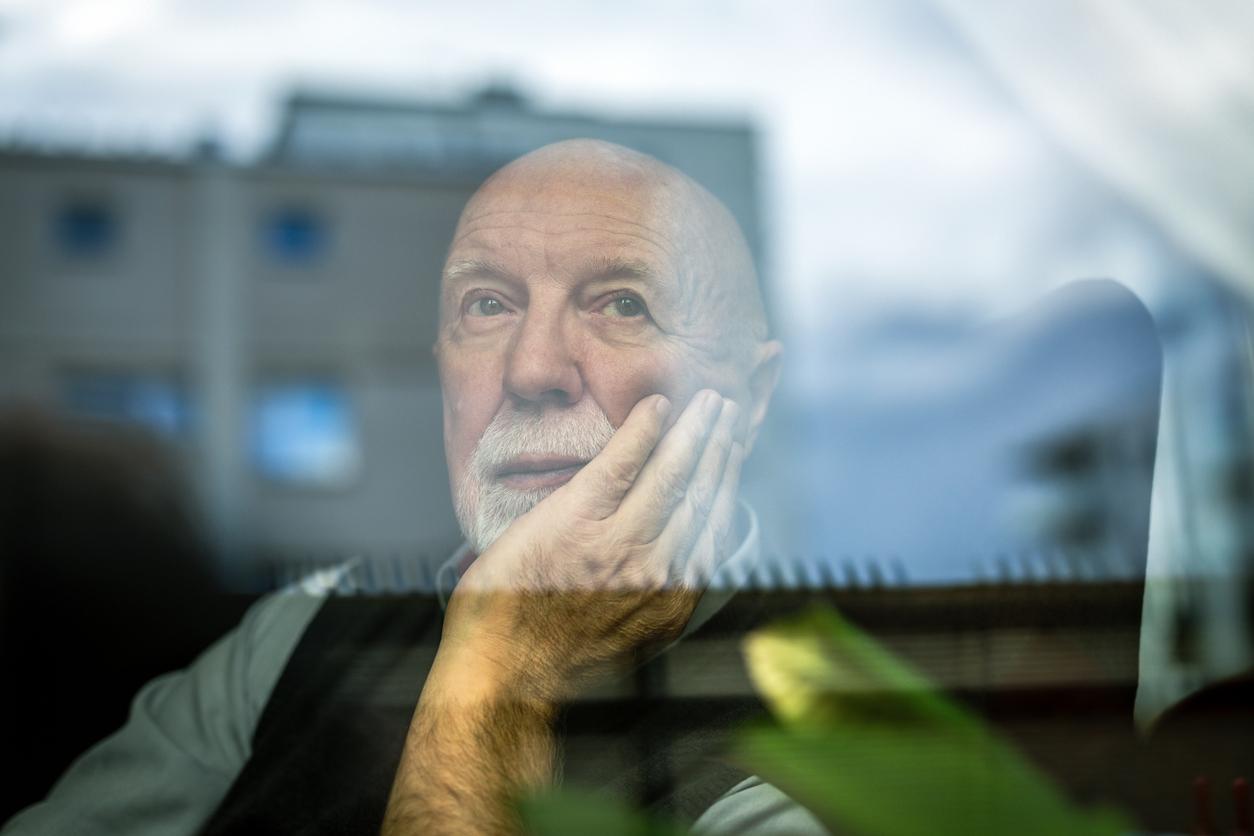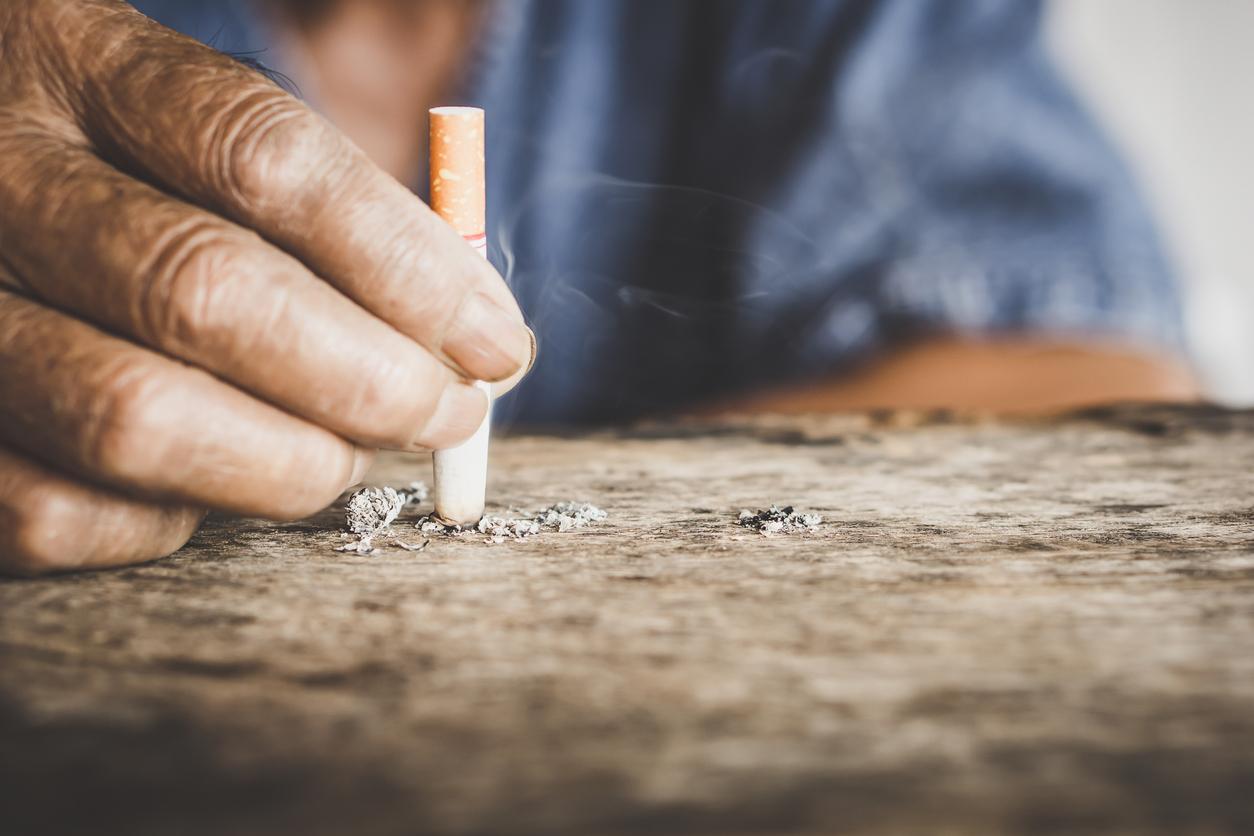Not spending time regularly with friends and family members reduces life expectancy.

- As part of this new study, on the functional and structural components of social bonds and mortality, 33,135 participants died.
- People who did not see friends or family members regularly had a 39% increased risk of death.
- Benefits of participation in weekly group activities were not observed in these patients.
Although previous research has identified associations between death from any cause and feelings of loneliness and living alone, “the combined impacts of different types of social interactions on mortality remain unclear.” This is why researchers from the University of Glasgow (Scotland) carried out a study, the results of which were published in the journal BMC Medicine. Their objective ? Analyze the link between mortality and five types of social interaction.
39% more likely to die among adults who did not often see their loved ones
For the purposes of the work, the scientists used data from 458,146 adults from the UK Biobank cohort. Participants were recruited between 2006 and 2010 and were on average 56 years old. As part of the research, social connection was assessed using two functional measures: the frequency with which they were able to confide in a loved one and they felt alone, and three structural components: the frequency with which they entertained friends and family members at their home, they participated in a weekly group activity, and if they lived alone.
After a follow-up of approximately 12 years, 33,135 of the volunteers died, including 5,112 deaths due to cardiovascular disease. According to the results, all five types of social interaction were independently associated with mortality from any cause. The strongest association was among people who had never had a visit from friends or family, who had a 39% increased risk of death. Additionally, the benefits of participating in weekly group activities were not observed among adults who do not see their loved ones regularly. However, people who spent time with those around them at least once a month had a lower mortality risk, suggesting that there was potentially a protective effect of this social interaction.
Identify patients at increased risk of death from social isolation
The authors suggest that this study could be used to help identify patients at higher risk of dying due to social factors and to develop more effective interventions to combat the increased risk of death related to social isolation. Nevertheless, they believe that further research needs to be carried out, as the UK Biobank samples are not fully representative of the UK population and the measures of social interaction they assessed were “self-reported and relatively simple”.

















